THE DELAGE MAISON
Delage is a French company that follows after the Parisian automobile company founded in 1905, based on the values of elegance, quality, tradition, and performance. Leather crafts, upholstery and sheathing are at the heart of the House's know-how.
These skills express themselves through objects of high-quality leather goods and accessories, creating them both beautiful and lasting.
Immersed in the period of the Roaring Twenties, the Delage Maison expresses happiness by using a flamboyant palette of colors that come in line with this period of joy and casualness, insouciance.


Louis Delâge and automobiles

Louis Delâge was born in Cognac and in 1890 at the age of 16 joined the National Higher School of Arts and Crafts in Angers, he graduated as an engineer in 1893.
Enthusiast for automobiles, he created in 1900 a research office that worked for the main brands of the time, including Peugeot, which hired him in 1903. Wishing to regain his entrepreneurial freedom, he successfully founded the Delage company in 1905, with offices and workshops close to Paris, where he invented several types of engines.
From the start, Maison Delage has specialized in the design of light cars, with a great concern for innovation and performance. Soon entered in races, a Delage wins a first victory in the Grand Prix des Voiturettes held in Dieppe in 1908.
Delage creates voiturettes, lighter and more manageable, to allow women to drive and to participate in car races.

From its inception, Maison Delage has specialized in the design of carts and light cars, with a great concern for innovation and performance.
Engaged quickly in races, a Delage won its first victory in the Grand Prix des Voiturettes contested in Dieppe in 1908.
Delage creates carts, lighter and more manageable, to allow women to drive and also to participate in car races.

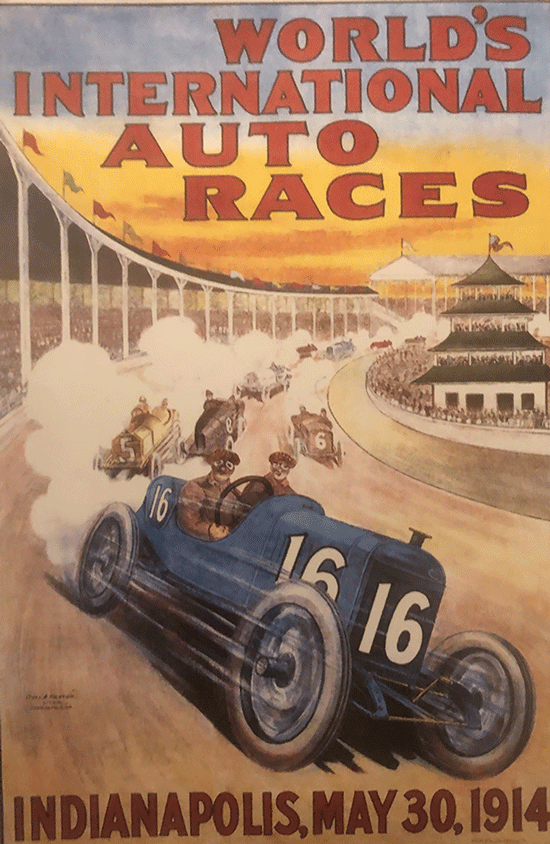
Automobile racing
The Delage Maison understands early on the importance of innovation and performance in motor racing in order to develop its renown. Louis Delâge says that his engines are "designed like cathedrals."
The conquering ardor of this manufacturer combined with the talents of its engineers works marvels, it is a Delage that breaks the world record of absolute speed in 1914, reaching 230 km/h. That same year, Delage wins the Indianapolis 500, the beginning of a long series of successes.
After the First World War, Delage also produces racing cars and achieves many successes in motor racing, Delage obtains the title of World Champion of Manufacturers.

Elegance and refinement
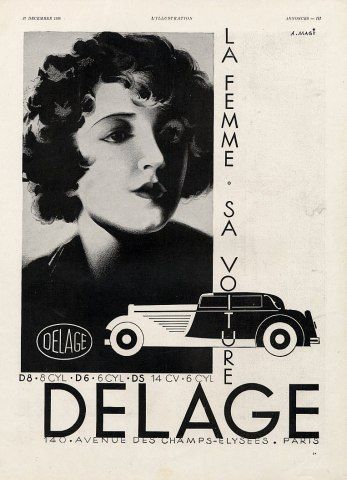
Building on its success, Delage turned its industry towards the production of prestigious Delage automobiles, with great concern for feminine elegance, purity of lines and comfort.
Louis Delage loves automobiles, he also loves women. He thus created cars in their image.
Authenticity, a job well done, the art of detail make the success of Delage cars, which also combines the know-how of a saddler-upholsterer.
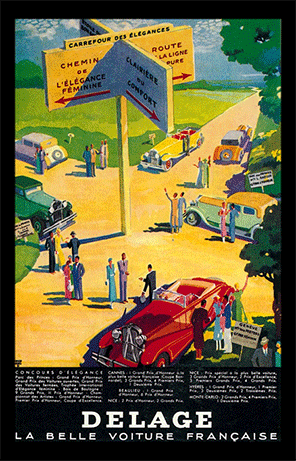
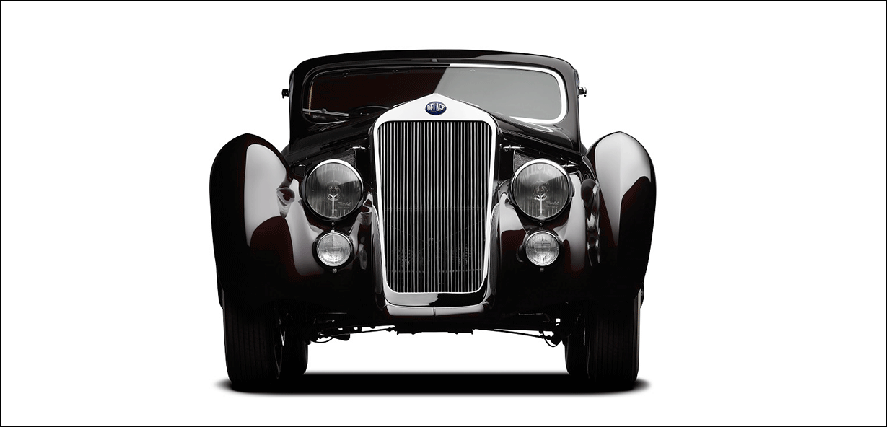
The special shape of the grille, which dates back to 1907, makes the Delage easy to recognize.
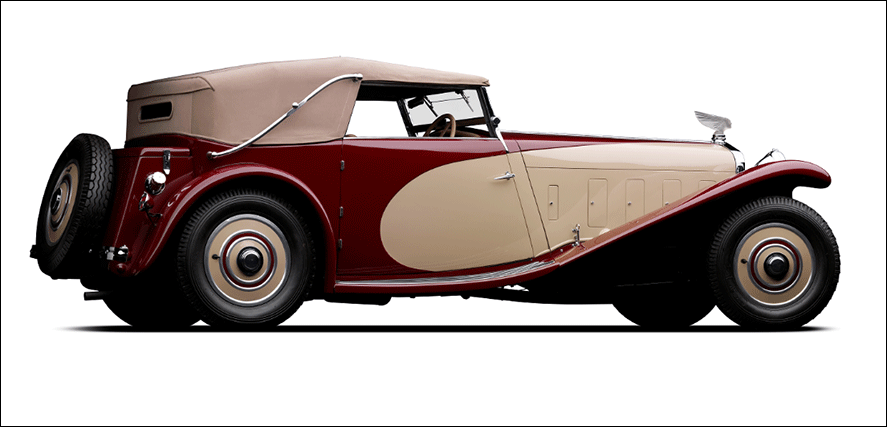
A red for bodywork remains associated with the name of Delage
Delage

The Delage D6 models and especially Delage D8, are a great commercial success.
The Delages do not only shine in competition, they also triumph in the most prestigious elegance competitions around the world.
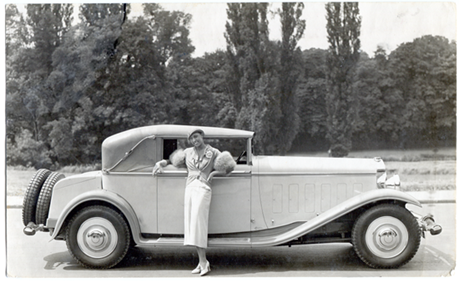

Delage in the heart of the Roaring Twenties
The “fête” is the motto of what is known as The Roaring Twenties, led by young men and women full of hope, they want to have fun, to live in insouciance, and forget the horrors of war.
This period leads Parisians into a real frenzy, both cultural and social: the city is transformed according to Art Deco constructions, automobiles invade the streets and casualness is at every street corner.
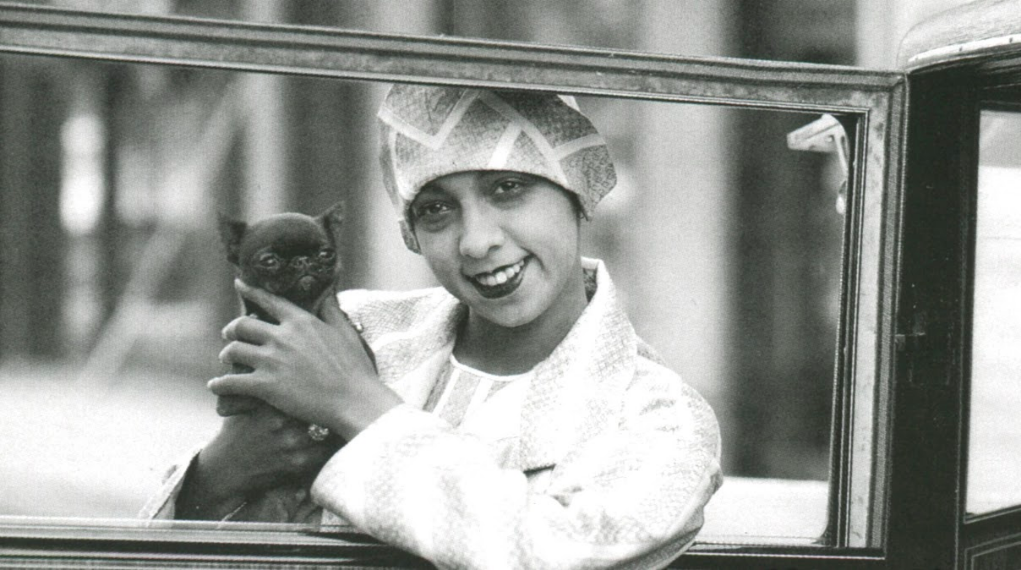

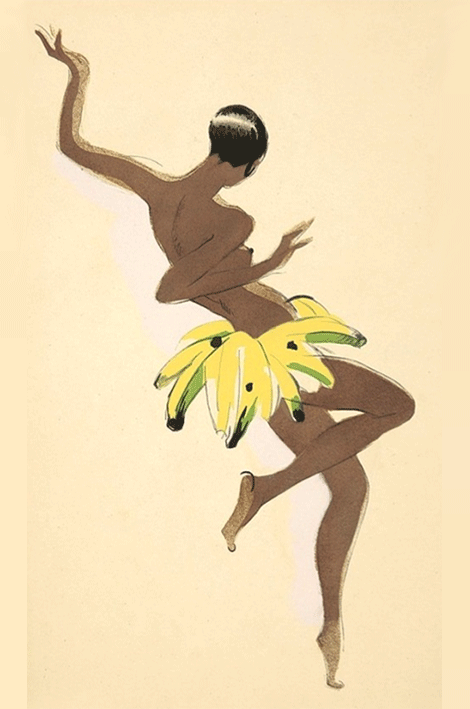
These changes actively contribute to the emancipation of women, who have enjoyed a certain independence due to the absence of the men during the war. It is the beginning of a new way of life.
In Paris women are everywhere, like flowers. The Americans that fled prohibition bring with them jazz and swing, as well as a young African American dancer: Josephine Baker.
Dressed only in her famous banana skirt, she is the star of many shows, her mythical and arousing dance releases many fantasies. She is the symbol of sexual liberation that exalts Paris. The song J'ai deux amours in 1930 helps to establish her as The star of Parisian Life.
Among the women marking the Roaring Twenties is also Mistinguett. Typical image of the Parisian, she is described as "national property" by the writer Colette; her banter has made her the star of the Casino de Paris and the Moulin Rouge, before crossing the Atlantic.
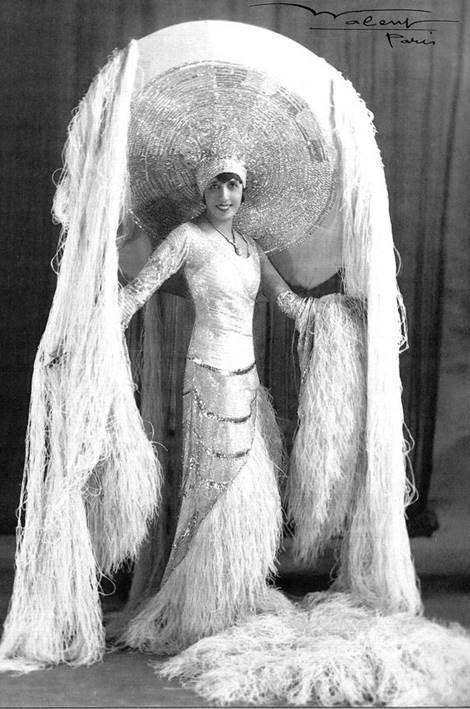
Maison Delage is at the heart of these developments and permits women to drive cars, they conquer their freedom with elegance and audacity. These ambassadors of the Maison, Josephine Baker, Mistinguett, Lucienne Radisse or Joan Warner, can drive their destiny in a spirit of conquest.
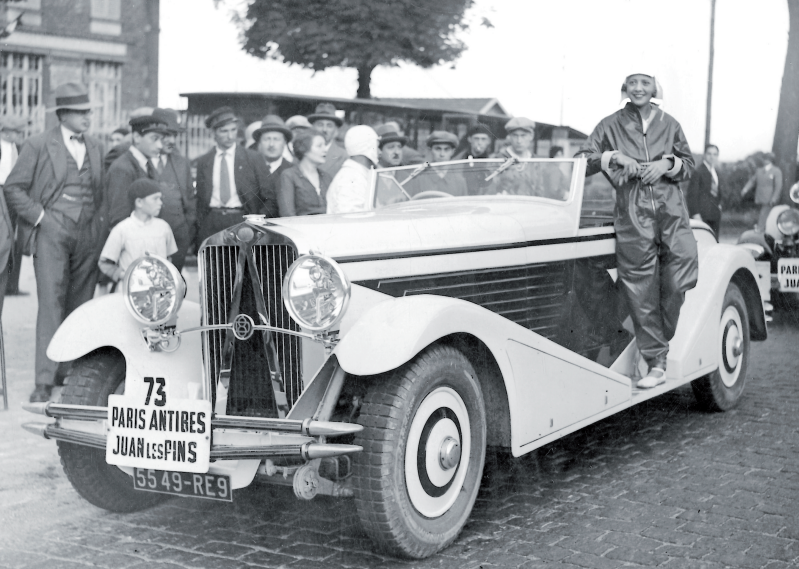
They are caught up in the creative and liberating euphoria of the Roaring Twenties, moments when ” La Joie de Vivre” and casualness/Insouciance are at their peak. Beyond its prestigious automobiles, Delage is a way of life when a destination is less important than the pleasure of travelling and escaping.
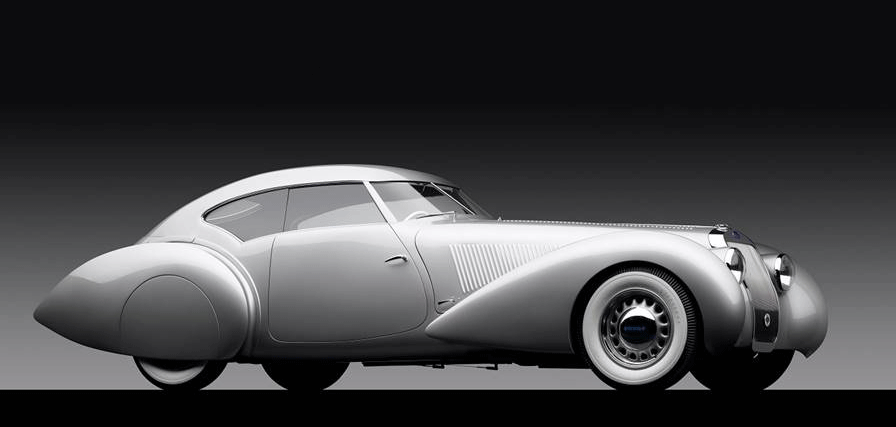


L'automobile
Always a pioneer, modern and timeless, the Delage spirit is able to pass through the ages, as automobiles have crossed the world.
This formidable automotive epic is engraved as a high expression of French Elegance.
